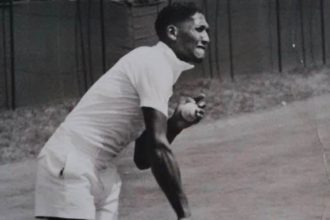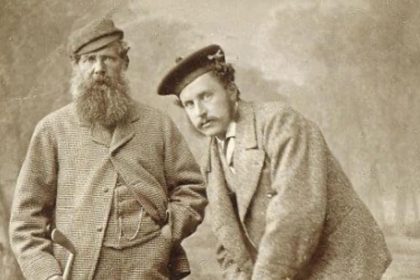Sequel to our SERIES I (HISTORICAL BACKGROUND OF GOLF), where we tried to introduce the game as simple as we can get, and to give us a cognitive view of the game, we will advance a little bit more by familiarizing us with the rules and etiquette that governs the game, both on and off the course.
The rules of golf consist of a standard set of regulations and procedures for playing the sport of golf. These rules are established by the sport’s governing bodies, such as the Royal & Ancient Golf Club of St Andrews and the United States Golf Association. They cover everything from how to properly tee off and play each hole, to how to determine the winner of a tournament or match. Some key rules include: players must play with a set of golf clubs that conform to certain specifications, they must play the ball as it lies, and they must keep score using the “stroke” system. Additionally, players must observe strict guidelines regarding conduct.
Golf also observes etiquettes during play. Though flaunting etiquettes are not punishable under the rules of Golf, but they should be strictly adhered to, because some of the etiquettes could be precautionary during play.
Etiquette in golf refers to the unwritten rules and customs of the game, including proper behavior on the golf course and respect for fellow players and the course itself. Some examples of golf etiquette include:
- Always repairing divots, ball marks, and damage to the greens
- Not talking or making noise while another player is hitting
- Not standing too close to another player’s line of sight or swing
- Waiting until all players in your group have finished a hole before teeing off on the next one
- Raking bunkers after hitting out of them
- Not throwing clubs or displaying anger on the course
- Not smoking on the course
- Following the dress code of the course
- Telling other players if your ball goes out of bounds or into a hazard
- Yielding the fairway to faster players
- Not playing until the group in front of you is out of range.



















